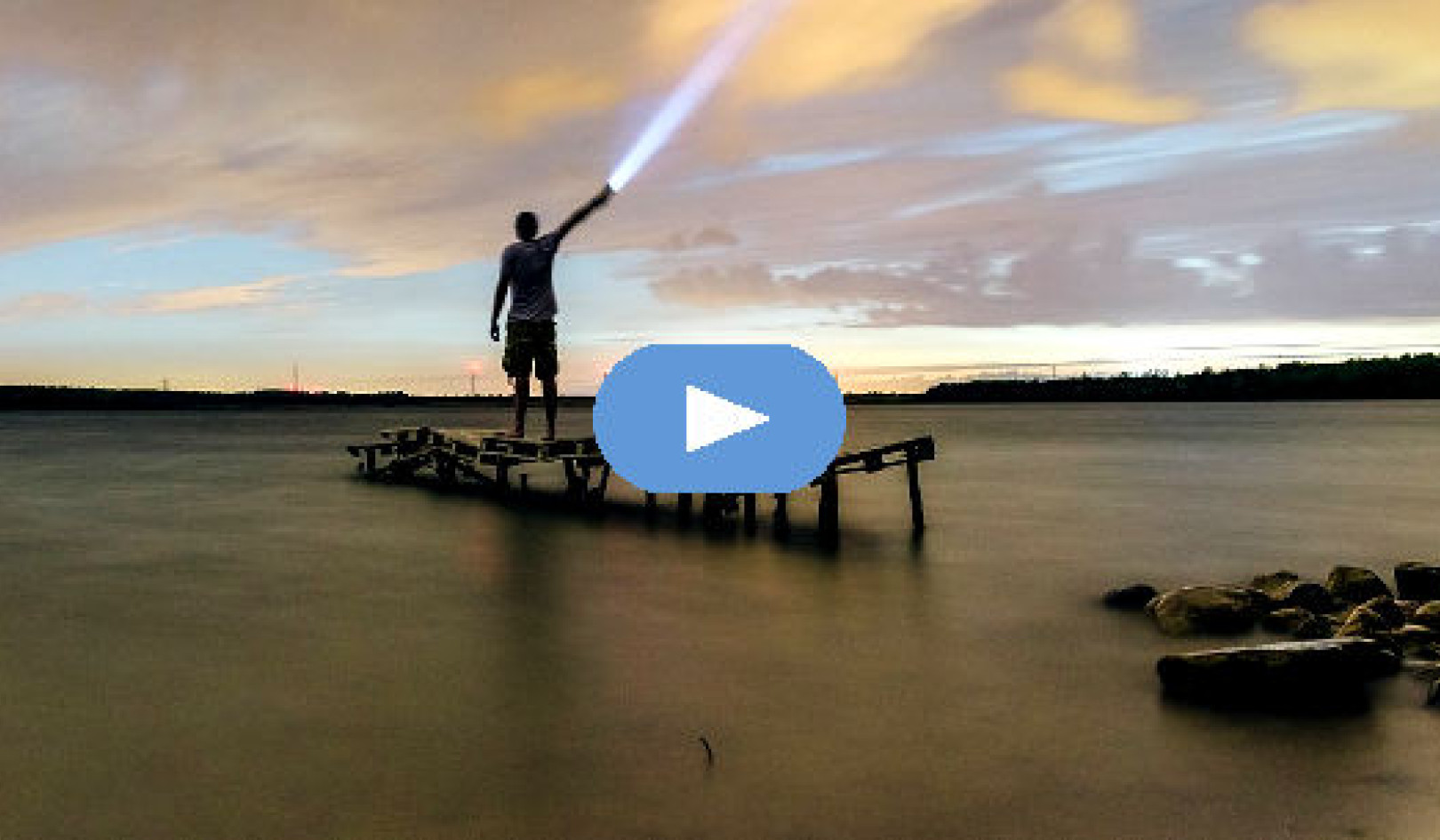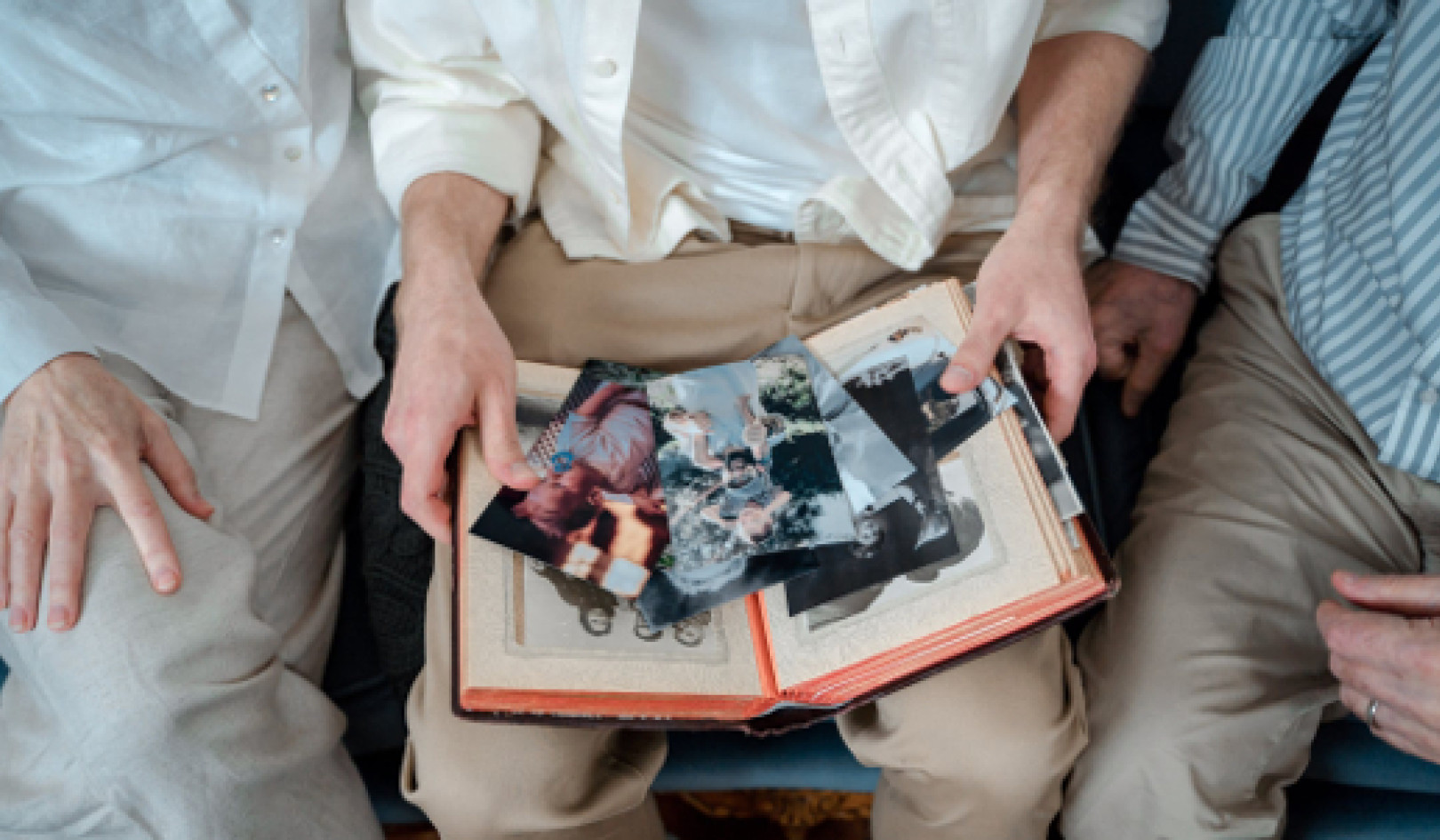
Suicide can be a plea for help, a response to mental illness, or the last gasp of despair. Suicide can also be an impulsive mistake, a planned ending of life, or the ultimate act of rage. Whatever the cause, suicide turns worlds upside-down.
When one has lost someone to suicide, it can be a long, tumultuous road back to making peace with the loss. The future feels weighted down with pain and unanswered questions. But it is possible to find a way to go on and to come to a new understanding.
This seven-step method can assist you in finding your way out of the rabbit hole of devastation.
1. Tell Your Story
Stories help us see the fuller picture and understand situations from a broader perspective. Your task is to tell your story in its entirety--the good, the bad, and the scary. In doing this, you give yourself permission to air what has been stuck within you.
To get started, ask yourself questions such as: "What was the nature of your relationship?" and "What transpired over time?"
Ideally, tell your story aloud to a trusted person who will agree not to respond or question in any way, but simply bear witness. Or, write your story and read it aloud. Light candles or sit beside a stream. Make this a sacred moment.
2. Own Your Part
Allow yourself to get very clear about the reality of the situation with your lost loved one. Take responsibility for your choices, or own your part in the relationship, and forgive yourself or any others you harbor anger toward.
Know that forgiveness is about acceptance and not necessarily agreement or approval. We are all human and we all make mistakes; the important point is to learn from them.
Find gratitude in the new understanding and let go with a light heart.
3. Debrief The Dark Moments
When we have been through a crisis, we need to give voice to our experiences.
Identify your moments of darkness, as well as where you found inner strength. Pull out and examine the emotional details in order to move forward in your recovery.
4. Call Back Your Spirit
We humans tend to hold on; we struggle with change and conflict. But over time, the incremental wear and tear takes its toll. We end up feeling weighted down with unresolved issues.
Examine your feelings and ask yourself "What is unresolved?" Your goal is to release those energy-sucking thoughts and emotions, and decide how you will honor yourself going forward in a life-giving way.
Calling back the spirit is not easy. It may take time and practice, and need repeated attention when facing new challenges. Find your individual ritual or thought process that re-empowers you to make peace, and stand in its fullness.
5. What Are The Lessons?
The life-altering experience of suicide creates lessons that can be windows to self-discovery. By recognizing what you now understand that you didn't before--about yourself or a loved one--new perspectives and insights present themselves that place the experience into the broader whole.
6. Connect With Your Loved One
Use meditation to reconnect to the love you still share with the person you lost. Take 20-30 minutes to sit quietly with your hand on your heart, and with your breathing, send light and love to your lost loved one.
Think of facing your loved one or sensing his or her presence. Drop any expectations, but just be present in a loving way.
Another way to connect is through signs and symbols, particularly those observed in nature. Be aware of your loved one's presence when you see a rainbow, or a hawk, or a particular flower. Think of these as messages meant for you.
7. Make A Commitment To Peace
Having worked through the previous six steps, honor your process of making peace with suicide in a way that provides a reminder of what was and what is now.
Whichever way you choose to commemorate your experience--it can be writing a pledge to yourself, creating a visual reminder, or finding a symbol that stands for your journey--let it stand for your personal commitment to choosing peace over chaos and internal war. Allow your heart to guide you. This process makes your commitment tangible.
©2014. Adele Ryan McDowell. All Rights Reserved.
Published by White Flowers Press. http://whiteflowerspress.com
Article Source:
 Making Peace with Suicide: A Book of Hope, Understanding, and Comfort
Making Peace with Suicide: A Book of Hope, Understanding, and Comfort
by Adele Ryan McDowell, Ph.D.
Click here for more info and/or to order this book on Amazon
About the Author
 Adele Ryan McDowell, Ph.D., is a practicing psychotherapist and former crisis hot-line responder with more than 30 years experience helping clients find hope and balance in the face of crisis, trauma, and grief. Dr. McDowell's newest book, Making Peace with Suicide, speaks to those who have lost a loved one to suicide, those considering suicide, and those who work with or counsel the bereaved and suicidal. Adele is also is the author of Balancing Act: Reflections, Meditations, and Coping Strategies for Today’s Fast-Paced Whirl and a contributing author to the best-selling anthology, 2012: Creating Your Own Shift. Learn more at: AdeleRyanMcDowell.com and AdeleandthePenguin.com.
Adele Ryan McDowell, Ph.D., is a practicing psychotherapist and former crisis hot-line responder with more than 30 years experience helping clients find hope and balance in the face of crisis, trauma, and grief. Dr. McDowell's newest book, Making Peace with Suicide, speaks to those who have lost a loved one to suicide, those considering suicide, and those who work with or counsel the bereaved and suicidal. Adele is also is the author of Balancing Act: Reflections, Meditations, and Coping Strategies for Today’s Fast-Paced Whirl and a contributing author to the best-selling anthology, 2012: Creating Your Own Shift. Learn more at: AdeleRyanMcDowell.com and AdeleandthePenguin.com.



























